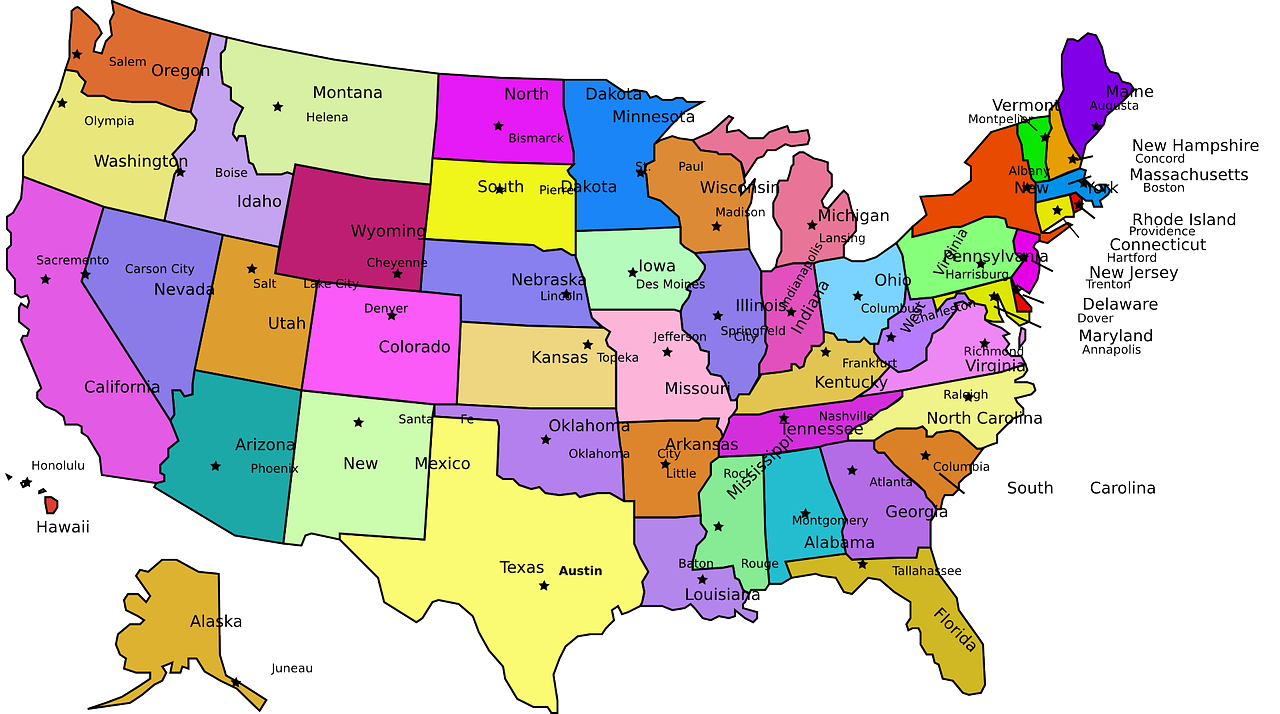There’s been one notable labor-market turnaround since the worst days of the COVID-19 pandemic — and it happened among college-educated women.
Women account for more than half of the college-educated labor force, according to an analysis of federal data by the Pew Research Center, a nonprofit think tank based in Washington, D.C. There are currently more women aged 25 and older with a bachelor’s degree or higher in the workforce than there were before the COVID-19 pandemic: 31.3 million in the second quarter of 2022, or 50.7% of the labor force, versus 29.1 million in 2019.
The number of college-educated men aged 25 and older in the workforce also rose over the same period, to 30.5 million from 29.1 million, although their numbers did not rise at the same rate. “The change occurred in the fourth quarter of 2019 and remains the case today, even though the COVID-19 pandemic resulted in a sharp recession and an overall decline in the size of the nation’s labor force,” Pew senior researcher Richard Fry said.
There is a lot of focus on labor-force participation — amid concerns that people are dropping out of the workforce — and on whether labor-force participation rates will return to pre-pandemic levels, Fry told MarketWatch. “One of the factors bolstering the growth of the women’s college-educated labor force is that college-educated women are the only gender and education group whose labor-force participation rate is back at its pre-pandemic level,” he said.
“‘College-educated women are the only gender and education group whose labor force participation rate is back at its pre-pandemic level.’”
The pandemic took a toll on both men and women. But the overall share of college-educated women in the labor force is unchanged since before the pandemic, while that share actually declined for men. And the participation rate of college-educated women has increased more than the rate for men over the same period. In short, Fry cited “changes in the composition of the U.S. population, along with changes in labor-force participation.”
Women still face barriers to entering the workforce, and additional challenges once they’ve found a job. For starters, child care remains an expensive monthly cost for families and single working mothers. Women with a bachelor’s degree still only earn roughly 70 cents on the dollar compared to the median annual earnings of a man with a bachelor’s degree, according to the latest Census Bureau figures, and the wage gaps for women of color are often much wider. Higher-paid fields like computers and engineering tend to be dominated by men.
For these reasons, and the fact that men have long occupied the majority of C-suite roles and senior management jobs, it has also taken a long time for the number of college-educated women to surpass men in the workforce. “This shift in the college-educated labor force — as women now comprise a majority — comes around four decades after women surpassed men in the number of Americans earning a bachelor’s degree each year,” Fry added.
The labor market overall is on an upward trajectory. The U.S. added a robust 315,000 new jobs in August, showing that businesses still have a big appetite for labor even as the economy slows and worries about a recession grow. The unemployment rate, meanwhile, rose to 3.7% from 3.5%, the government said this month, mostly because more people entered the labor force in search of work. That was the highest jobless rate in six months.
(Jeffry Bartash contributed to this report.)

